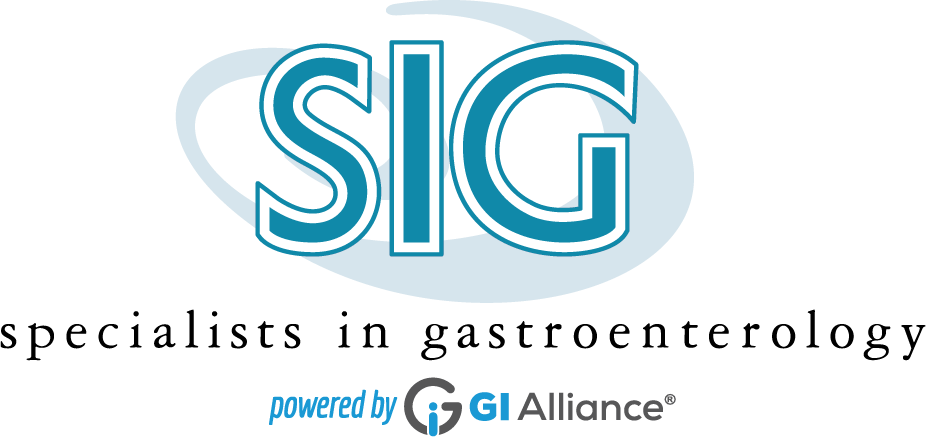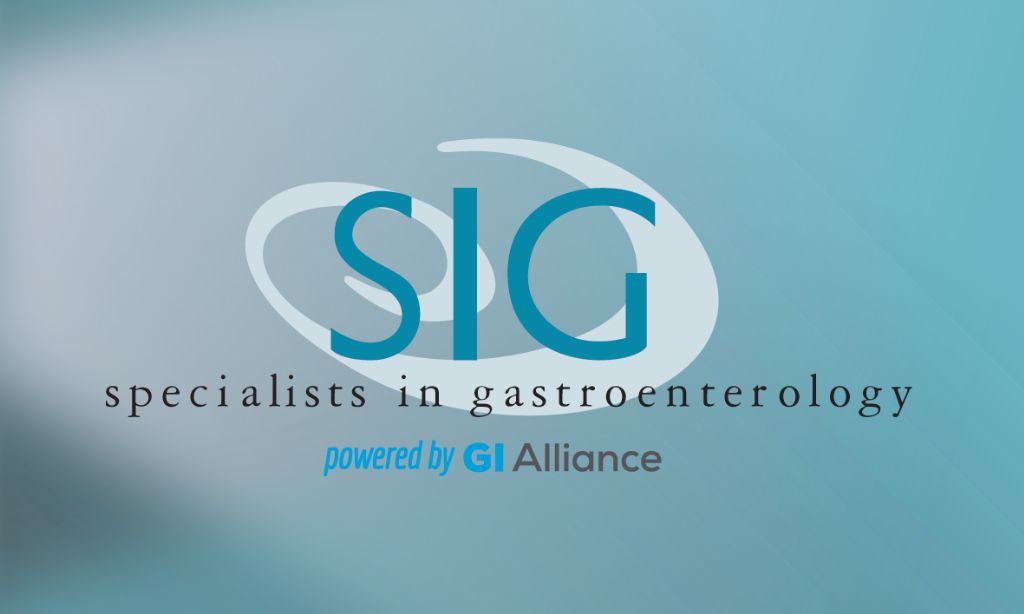The Rosacea-SIBO Diet
In the setting of rosacea associated with small intestinal bacterial overgrowth (SIBO), the dietary approach is to consume foods and beverages that are easily digested, so that most of the nutrients can be absorbed efficiently higher up in the intestine. This reduces nutrition that will stimulate a recurrence of the excess bacteria in the mid and upper small intestine. It is also important to avoid commonly known dietary rosacea triggers (see below).
Complex sugars or certain artificial sugars are the nutrients that most often cause SIBO to return. This will be discussed below.
Once the antibiotic is successful in reducing excess bacteria growth in the small intestine then it is possible that higher fiber foods can be reintroduced. Fiber is comprised of carbohydrates that humans can’t digest. The normal role of colon bacteria is to help break fiber down. A certain amount of gas is naturally produced during this fermentation process. As long as fiber intake is not excessive and the bacterial counts are normalized in the small intestine then bloating and gas will not be a problem. Initially we recommend a diet that contains only modest amounts of fiber found naturally in fruits and vegetables.
Frequent eating also causes problems reducing SIBO. The normal cleaning-waves in the small intestine that gets rid of food byproducts, waste, and bacteria occur when you are not eating for more than 90 minutes. The more meals that you have per day – and this includes snacks between meals – the less time your body has to produce appropriate cleansing waves, making it easier for the bacteria to remain in the small intestine.
Adequate fluid intake throughout the day is also important. If your diet does not include enough water, it becomes more difficult for your body to have proper bowel motility.
The following guidelines should be followed so that you have the best chance of minimizing the return of SIBO.
1. Avoid the following sweeteners and additives to prepared foods:
- Fructose corn syrup (found in many prepared foods – difficult to avoid but important to reduce)
- Sorbitol (often found in gum)
- Sucralose (Splenda)
- Lactose
- Lactulose
- Mannitol
You should also limit foods and food products sweetened with fruit juice, which contains fructose. This is hard because so many food products are sweetened with fructose. Try to limit your sugar intake to no more than 40 grams per day, and ideally much less. Reading food labels can help you achieve your goal.
The following sugars and sweeteners are acceptable: glucose, sucrose (table sugar), Stevia, and aspartame (Equal or NutraSweet).
2. Limit or eliminate the following “high-residue” foods:
- Beans (kidney beans, garbanzo beans, pinto beans, etc.)
- Lentils
- Peas (including split-pea soup)(Vegetarians may consume some of these important sources of protein)
3. Drink eight cups of water a day. A good guideline is to drink two cups of water with each of your three meals, then one cup between breakfast and lunch, and one cup between lunch and dinner.
4. Beef, fish, poultry, soy products, and eggs are acceptable foods, and are also good sources of protein. You do not need to limit these foods throughout the day. However, be sure to only eat portions that are appropriate for your body size. Most people require only about 4 ounces to 8 ounces of meat per day.
5. Potatoes, pasta, rice, bread, and cereals are also acceptable. Large amount of bread and pasta should be avoided. A good rule of thumb is to eat no more than a half cup to one cup of these carbohydrate foods at each meal. Initially, try to keep multigrain breads to a minimum. If whole-grain breads are desired, oat and wheat fibers are better choices. Avoid wild rice.
6. Fruits should be eaten in moderation – initially no more than two servings per day. Fruits contain fructose, which is difficult to digest. Most importantly, choose fresh, not dried fruit. Dried fruits concentrate the fructose into a smaller package and it allows for more fructose ingestion because more is eaten.
7. Fresh, non-starchy vegetables should also be part of your daily food intake. Cooked or lightly steamed vegetables are preferable to raw vegetables, because they are easier to digest and absorb. Avoid large salads full of raw vegetables, as this can lead to too much residue. You can incorporate small amounts of salad, but do not eat raw vegetables exclusively as they are hard to digest. A good rule of thumb is to have three to five cups of cooked vegetables per day.
8. Dairy can be a trigger for rosacea. Dairy products are best avoided initially because of the lactose which is difficult to absorb when there is SIBO or lactose intolerance. You may tolerate lactose by the use of Lactaid pills. After taking the antibiotic, dairy products may be fine. Try almond or rice milk or Lactaid milk. Soy milk can cause gas in some people.
9. Coffee, tea, and diet soda (without Splenda) may be consumed in moderate amounts. Avoid hot beverages and caffeine which can trigger rosacea. Regular soda is not a healthy choice – in addition to sugar there is fructose corn syrup. Red wine and alcohol are known triggers for rosacea.
10. Spicy food should be avoided – common trigger for rosacea.
11. Make sure you eat a balanced diet and that your meals contain sufficient calories so that you are able to maintain your ideal body weight.
12. In a survey of rosacea patients the following groups of foods were listed as trigger foods: alcohol in general (52%), spicy food (45%), hot drinks (36%), fruit (13% – especially red plums, raisins & figs, tomatoes, bananas), dairy products (8%), histamine rich foods (red wine, aged cheese, yogurt, beer and bacon), vegetables (including broad-leaf beans & pods, avocado, eggplant, spinach) and other triggers (chocolate, vanilla, soy sauce, yeast extract, vinegar, liver)
13. Avoid histamine containing foods and additives: pepperoni, salami, bologna, bacon, sauerkraut, beer, ale, wine, tomatoes, cherries, citrus fruits, foods high in natural benzoates(cinnamon, anise, nutmeg), strawberries, raspberries, cranberries, blueberries, tea, egg white, spinach, eggplant, olives, avocadoes, fish, shell fish, leftover meat, foods with sulfites, dyes (called azo dyes) especially tartrazine, which is a bright orange/yellow color, and red dyes.

